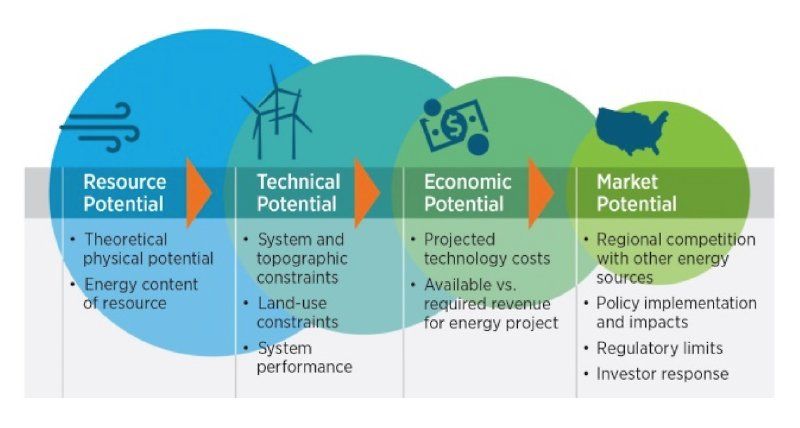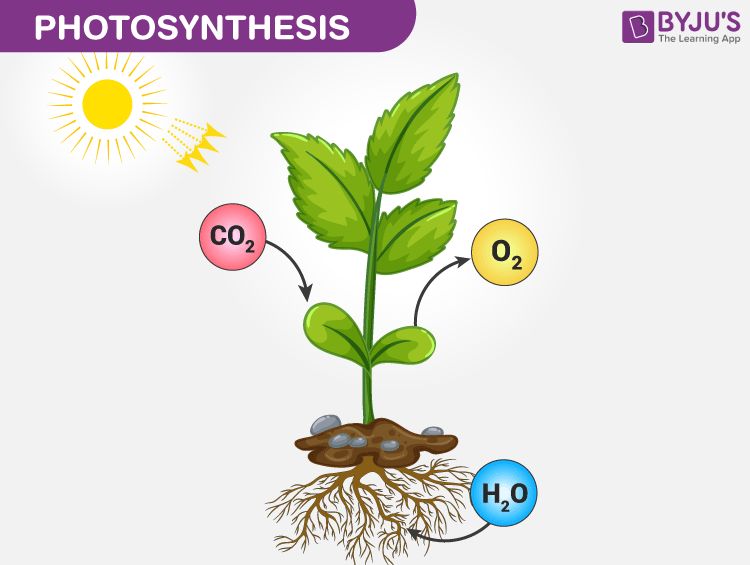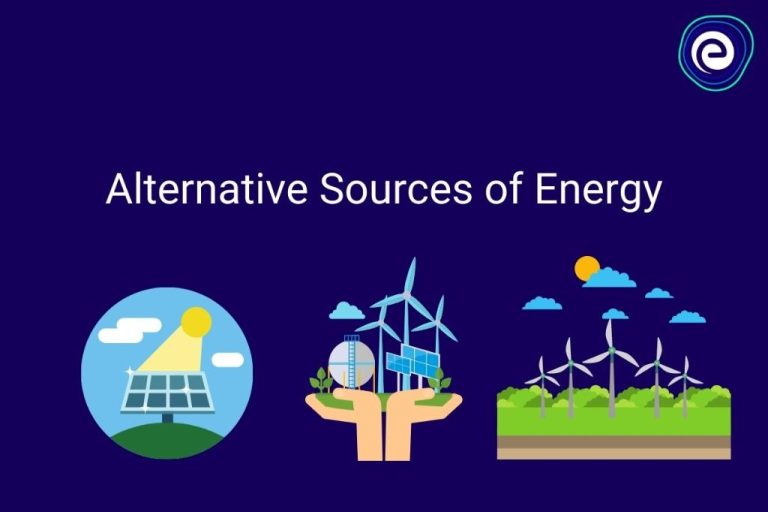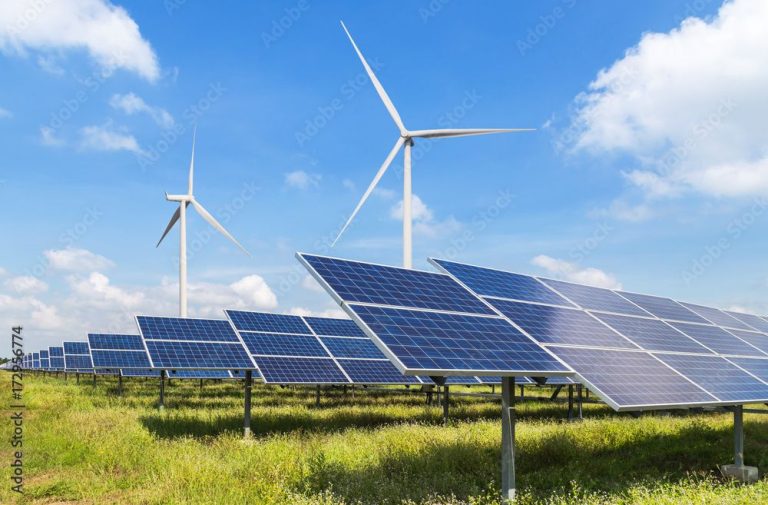How Effective Is Alternative Energy?

Alternative energy refers to power generated from sources other than fossil fuels like coal, oil, and natural gas. According to Merriam-Webster, alternative energy includes renewable sources like solar, wind, geothermal, biomass, and hydropower. Some of the most popular alternative energy sources today are solar, wind, hydroelectric, geothermal, and biomass.
There is an ongoing debate around how effective alternative energy sources are compared to traditional fossil fuels. Supporters argue alternative energy is more sustainable and better for the environment. Critics claim alternative energy is too expensive or inefficient to fully replace fossil fuels. This article will analyze the efficiency, costs, and potential of different alternative energy technologies.
History of Alternative Energy
The use of alternative energy sources dates back to ancient times when ancient civilizations utilized the power of the sun, water, and wind for activities like grinding grain and pumping water (https://www.green.earth/blog/the-history-and-future-of-renewable-energy). However, it wasn’t until the 1800s that alternative energy started gaining significant traction as an energy source.
In the 1800s, hydropower became more widely used for industrial activities. The first hydroelectric power plant was built in Wisconsin in 1882 (https://intrans.iastate.edu/news/going-green-the-history-of-renewable-energy/). Wind power also expanded in the late 1800s, providing electricity for homes and farms.
Key innovations in the 1900s drove further adoption of alternative energy. For example, the photovoltaic solar cell was invented in 1954, providing a more efficient way to convert sunlight into electricity. Many new hydroelectric dams were also constructed in the early- to mid-1900s. More recently, tax credits, incentives, and increasing concern about climate change have stimulated substantial growth in solar, wind, and other renewable energy sources.
Common Types of Alternative Energy
There are several major types of alternative energy that are in use today. Some of the most common are solar, wind, geothermal, biomass, and hydroelectric energy.
Solar energy harnesses the sun’s rays to generate electricity and provide lighting and heating. Solar panels convert sunlight into direct current electricity (https://www.nationalgrid.com/stories/energy-explained/what-are-different-types-renewable-energy). Solar thermal collectors use the sun’s warmth for heating water or spaces.
Wind power uses large wind turbines to generate electricity. As wind blows and spins the blades, a generator converts the kinetic energy into electrical energy (https://www.un.org/en/climatechange/what-is-renewable-energy). Wind farms with many turbines produce energy for utilities. Individual turbines can also power a home or business.
Geothermal energy taps into the natural heat under the earth’s surface for heating and electricity generation. Hot water or steam from reservoirs under the ground can drive generators to produce electricity (https://www.inspirecleanenergy.com/blog/clean-energy-101/6-alternative-energy-sources). Geothermal heat pumps use stable ground temperatures for heating and cooling buildings.
Biomass converts organic matter like plants, wood waste, and garbage into energy through combustion or decomposition. Biomass can be used to produce electricity, transportation fuels, and heat for industries and homes.
Hydroelectricity generates power from flowing water, often using dams on rivers. The gravity of falling water spins turbines linked to electrical generators. Hydroelectric plants provide steady power able to meet peak demand.
Efficiency of Alternative Energy
When evaluating the efficiency of alternative energy sources like solar, wind, and hydropower, experts often look at metrics like EROI ratios, capacity factors, and intermittency challenges compared to conventional fossil fuels.
The EROI, or Energy Return on Investment, for renewable energy tends to be lower than fossil fuels. The EROI for oil and gas is typically between 10-30:1, meaning 10-30 units of energy are produced for every 1 unit invested. The EROI for wind and solar is lower, often between 10-20:1.1
Capacity factors also highlight the differences in efficiency between conventional and renewable resources. The capacity factor is the ratio between the actual output of a power plant compared to its maximum possible output if it operated at full capacity all the time. Fossil fuel plants often have capacity factors between 50-90%, while wind and solar capacity factors are typically around 25-50% due to their intermittent nature.2
The intermittency of renewable resources like wind and solar presents efficiency challenges. The sun doesn’t always shine and the wind doesn’t always blow when energy is needed most. This intermittency requires backup power sources and energy storage solutions to ensure reliability of supply.3
Environmental Benefits
Switching to renewable energy sources provides significant environmental benefits compared to fossil fuels. Renewable energy generates little to no greenhouse gas emissions, which reduces air pollution and associated health risks (EPA, 2023). Studies show that doubling renewable energy use could reduce premature deaths from pollution by 20% globally (UN). Solar and wind power produce zero direct emissions during operation, resulting in cleaner air. Hydropower and geothermal produce minimal emissions. Even manufacturing solar panels or wind turbines emits only a fraction of the greenhouse gases of fossil fuel power plants.
Transitioning to renewable energy improves public health by reducing asthma and respiratory diseases from air pollution. Particulates from burning coal and other fossil fuels contribute to smog, acid rain, and toxic contamination. Using more renewables instead of coal avoided an estimated 26,610 U.S. premature deaths from fine particulate matter in 2016 alone (UCSUSA, 2017). Cleaner renewable energy prevents hospitalizations, lost work and school days, and deaths. This provides enormous benefits for families and saves health care costs for governments and employers.
Economic Considerations
The cost competitiveness of alternative energy compared to traditional fossil fuel energy has improved dramatically in recent years. According to Ten economic facts about electricity and the clean energy transition, the costs of solar and wind power have declined by 89% and 70% respectively in the last decade. In many parts of the world, renewables are now the cheapest source of new electricity generation. However, alternative energy still relies heavily on government subsidies in most markets. According to The Economics of Renewable Energy, subsidies and tax incentives have been crucial for supporting the growth of renewables. As costs continue to fall, subsidies are expected to be gradually phased out. But for now, government support remains vital for making alternative energy economically viable and continuing its rapid growth worldwide.
Obstacles to Widespread Adoption
While alternative energy has many benefits, there are still challenges preventing more widespread adoption. Three major obstacles are high upfront costs compared to fossil fuels, difficulties with energy storage and transmission, and lobbying efforts by the fossil fuel industry.
The main economic barrier is the substantial upfront capital costs required to build alternative energy infrastructure like wind turbines or solar panels. Although renewable energy often has lower ongoing fuel costs, the initial investment can deter adoption. Fossil fuel plants are cheaper to construct.
Secondly, effectively storing and transmitting renewable power from source to end users presents technical hurdles. Many renewables like wind and solar are intermittent, so advancing affordable utility-scale storage solutions is critical to viability.
Lastly, the politically powerful fossil fuel industry lobbies against policies supporting renewables. For example, the industry has funded misinformation campaigns questioning climate change and opposed carbon pricing. Overcoming this resistance will likely require strong government action.
Growth Potential
The growth potential for alternative energy sources looks promising due to decreasing costs over time and supportive policies and incentives. According to the International Energy Agency (IEA), global renewable power capacity is expected to grow by 2,400 gigawatts between 2022 and 2027, equal to the entire power capacity of China today (IEA). The IEA projects renewable capacity additions will reach over 440 gigawatts in 2023, the largest absolute increase ever. A major factor driving this growth is the rapidly decreasing costs of renewables like solar and wind. According to Deloitte, the levelized cost of electricity from new solar and wind projects is now cheaper than operating existing coal plants in many markets (Deloitte).
Government policies are also accelerating the adoption of renewables. Tax credits, feed-in tariffs, renewable portfolio standards and carbon pricing help make alternative energy more cost competitive. As costs continue to decline and supportive policies expand globally, the growth potential for renewables looks very promising.
Case Studies
There are many notable examples of successful implementations of alternative energy technologies around the world. According to a case study published by the California Press (https://online.ucpress.edu/cse/pages/cset), the Alta Wind Energy Center in California is one of the largest wind farms in the world, with an installed capacity of 1,550 megawatts. The project has provided jobs and tax revenue to the local community while generating clean, renewable electricity. Massachusetts has also seen success with alternative energy, implementing efficiency measures and technologies like solar panels, wind turbines, geothermal heating, and anaerobic digesters (https://www.mass.gov/info-details/energy-conservation-and-renewable-energy-case-studies).
There are interesting geographical differences in the adoption of alternative energy as well. According to the Department of Housing and Urban Development (https://www.hudexchange.info/programs/renewable-energy/resources/case-studies/), public housing authorities in sunnier locations like Denver, CO and Sacramento, CA have installed solar panels on units to save money while agencies in cloudier cities like Burlington, VT have opted for biomass heating from wood pellets. Local climate and resources play a key role.
Conclusion
In summary, alternative energy sources offer tremendous potential benefits but also face significant challenges. The most common alternative energy sources – solar, wind, hydroelectric, geothermal, biomass – can generate electricity and heat without emitting greenhouse gases. Adopting these technologies more widely could help mitigate climate change and reduce pollution. However, alternative energy generally remains more expensive than conventional sources and faces obstacles like intermittency and high upfront costs. Still, costs have fallen sharply in recent years as production expands and new technologies emerge. With supportive policies and continued innovation, alternative energy seems poised for impressive growth in the years ahead. If costs can reach parity with fossil fuels, alternative energy could transform how we power our homes, businesses and vehicles. This would greatly reduce emissions and provide sustainable, clean energy worldwide. Though overcoming the remaining barriers will take time and effort, the environmental and economic payoffs make alternative energy an extremely promising path forward.





